☕ What do the flavors on a bag of specialty coffee mean?
Have you ever wondered what the descriptions like “citrus,” “chocolate,” or “red berries” you find on a bag of specialty coffee mean? These descriptions are not added flavorings, but rather natural notes that we detect when tasting coffee. They are subtle flavors that come from the coffee variety, processing method, growing environment, and roasting method.


👃 How do we discover these notes?
With cupping!
Cupping is a standardized method of tasting coffee that allows us to accurately perceive what each coffee contains. It is used by roasters, baristas, and coffee lovers around the world to evaluate the aroma, flavor, body, sweetness, acidity, and aftertaste of coffee.
The process involves grinding freshly roasted coffee beans, pouring hot water over them, and tasting with a spoon - we "slurp" the coffee to distribute the liquid evenly across the tongue and allow all the flavor notes to be perceived.

🕰️ A brief historical overview of cupping
Cupping emerged as a standardized practice in the late 19th century, when merchants and roasters were looking for a way to consistently assess the quality of coffee. One of the pioneers of this system was Clarence E. Bickford. Today, cupping is a fundamental practice in the world of specialty coffee – both in roasteries and in international competitions such as the Cup of Excellence.

➡️ Specialty coffee is not just a beverage, but an invitation to explore - each cup hides its own story, its own character, and its own surprise.

